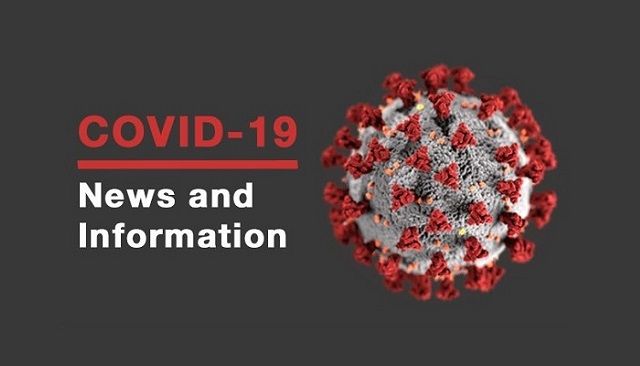How can we learn about community socio- economic status and poverty in a developing country urban environment? An example from Johannesburg-Soweto, South Africa
Demography
24
Issue: 1
(04 - 2010)
Few tested tools exist to assess poverty and socio-economic status at the com-
munity level, particularly in urban developing country environments. Furthermore,
there is no real sense of what the community concept actually means. Conse-
quently, this paper aims to describe how formative qualitative research was used
to develop a quantitative too! to assess community SES in Johannesburg-Soweto
in terms of the terminology used, topics covered, and how it was administered,
comparing it to the South African Living Standards and Measurement Study. It
also discusses the level of aggregation respondents identified as defining a local
community using a drawing/mapping exercise. Focus groups (n=11) were con-
ducted with 15-year-old adolescents and their caregivers from the 1990 Birth-to-
Twenty (Bt20) cohort and key informant in-depth interviews (n= 17) with promi-
nent members working in the Bt20 communities. This research recognises the
importance of involving local people in the design of data collection tools measur-
ing poverty and human well-being.
Keywords: Community; socio-economic status; South Africa; qualitative;
questionnaire design
Résumé
Peu d'outils testés existent afin d'évaluer le niveau de pauvreté et le Status Socio-
Economique (SSE) d'une communauté, surtout dans les contextes urbains de pays
en développement. De plus il n'existe pas d'exact comprehension de ce que le
concept communauté signifie. Par consequence, cet article a pour but de décrire
comment une recherche qualitative a été utilisée pour développer un outil quanti-
tatif afin d'estimer le SSE d'une communauté a Johannesburg-Soweto en termes
de termilogie utilisée, des sujets traités, et comment il sera utilisé par comparai-
son a [étude ‘South African Living Standards and Measurement Study’. L'article
présente aussi le niveau d'aggrégation des participants identifiés défini par une
communauté locale en utilisant un outil de dessin et de cartographie. Les groupes
de discussion (n=11) ont été menés avec des adolescents de 15 ans et les per-
sonnes s'en occupant faisant partie de la cohorte '1990 Birth-to-twenty' (Bt20);
des entretiens (n=17) avec des personnes clés travaillant dans la communauté
Bt20 ont aussi été menés. Cette recherche montre I'importance d'impliquer les
populations locales dans la conception des outils de collection de données visant a
mesurer Ia pauvreté et le bien-étre humain.
0


